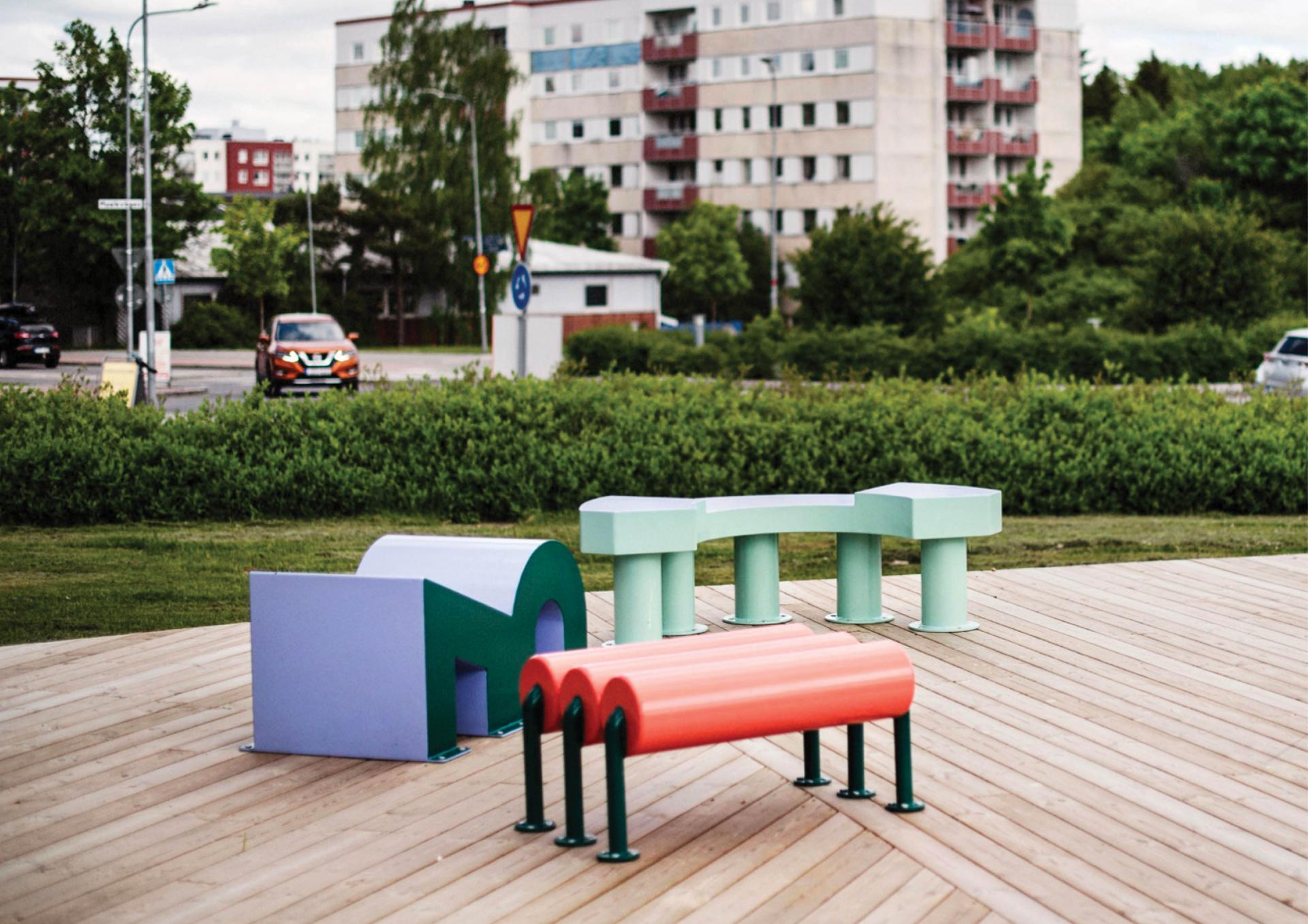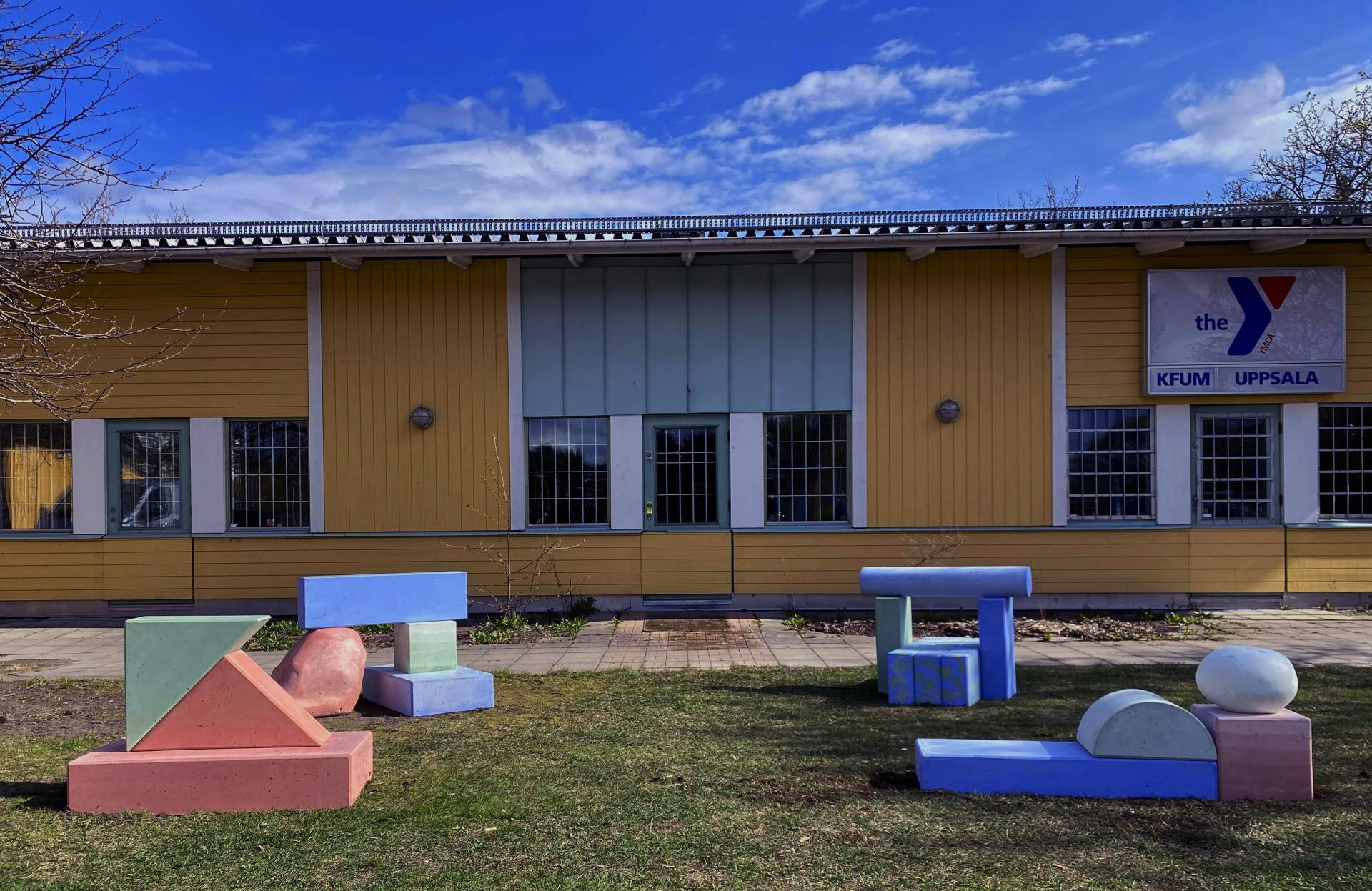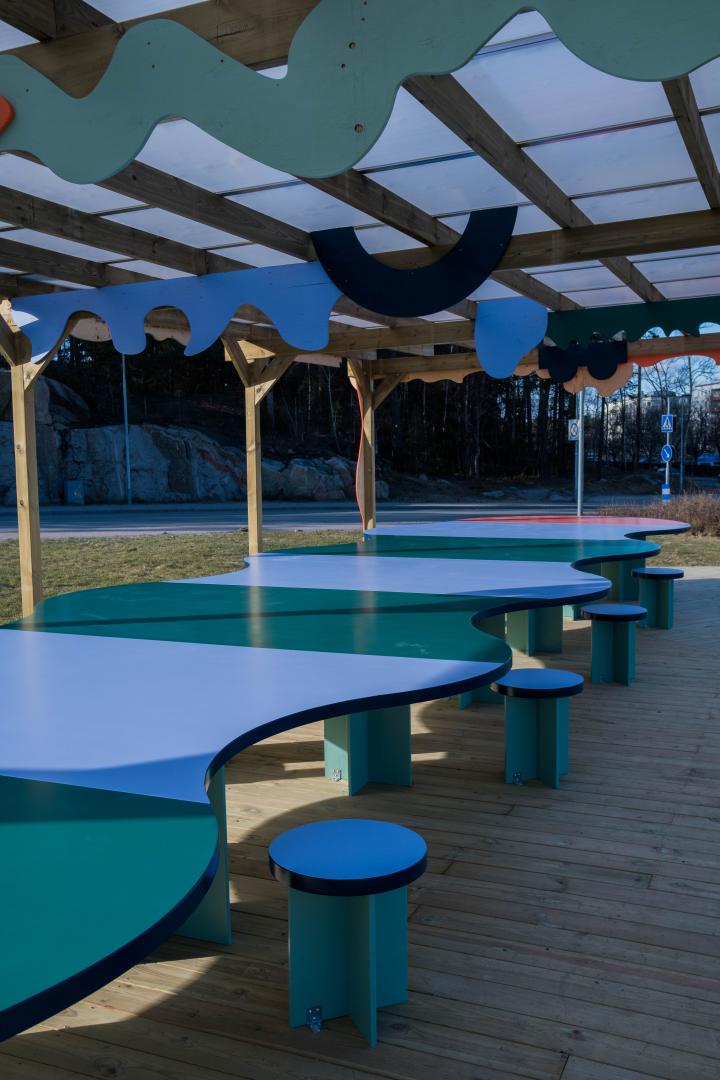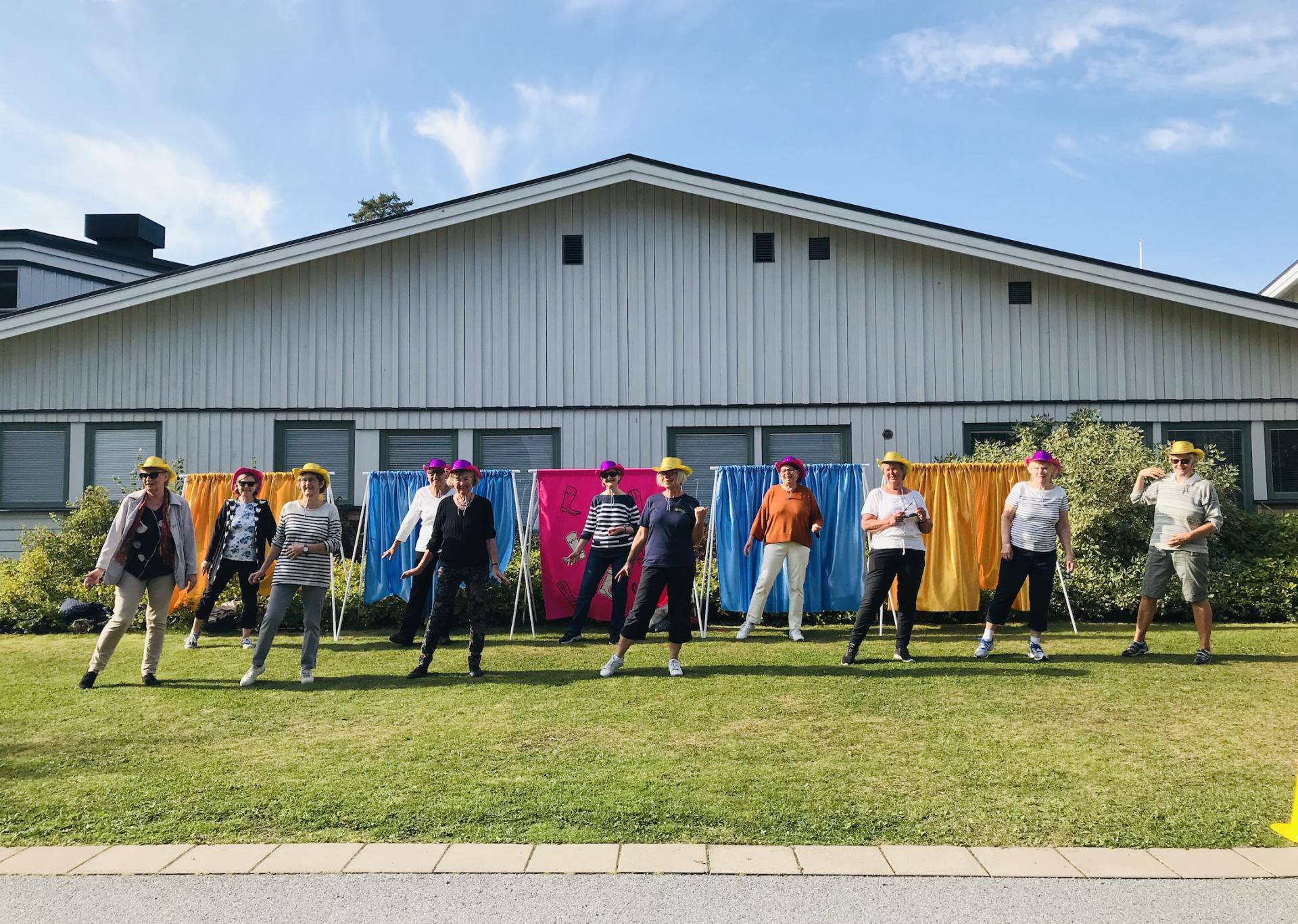Ten Tests in Gottsunda
Basic information
Project Title
Full project title
Category
Project Description
Citizen-led site development in Gottsunda, Sweden, with a focus on testing and developing new methods for involving residents and local actors in the development of existing and future spaces.
For a year, ten sites and ten different issues were explored together with ten different target groups. The tests led to physical interventions and to lessons learned about Gottsunda today and in the future.
Geographical Scope
Project Region
Urban or rural issues
Physical or other transformations
EU Programme or fund
Which funds
Description of the project
Summary
Gottsunda, a neighborhood in Sweden, will grow in the coming years with the development of new public places, streets, housing, businesses and infrastructure. The municipality aims for increased participation and strengthened democracy in connection with the urban development. During the first ten years of the development of Gottsunda, focus is on creating visible imprints in the public space, raising more perspectives and on exploratory and process-driven working methods.
In the autumn of 2020, the municipality of Uppsala gave the landscape architect collective Disorder the commission to lead a citizen-driven site development of Gottsunda.
Disorder developed a process with a broad scope. We wanted to meet many different target groups and test many different places, to lay a foundation for future work. In total ten tests were carried out, they were all very different different in terms of time, geography and number of participants. In total, about 100 people and local actors were involved in the process. We wanted to test and develop new methods to involve residents and local actors in the development of existing and future places in the neighborhood.
A starting point for the commission was to create visible imprints in the public space. Therefore, all tests were carried out in public places and with the ambition to temporarily change the place. In some cases, the temporary change of the space was restored immediately after the end of the test, in other cases the test led to a more permanent change, object or filmed material.
Key objectives for sustainability
The commission is the start of a ten-year investment in citizen-driven site development in Gottsunda. The municipality wants to test and develop new methods to involve residents and local actors in the development of existing and future places. Densification is planned in the area with new apartment buildings and many new types of urban spaces to be built, at the same time many existing urban spaces are being re-designed.
Meanwhile Gottsunda is classified as a "vulnerable neighborhood". A vulnerable neighborhood is defined by the police as an area characterized by low socio-economic status and criminal impact on the local community.
Based on the commission Disorder developed a process were we could meet many different target groups and test many different places, to lay a foundation for future work. We developed a process based on doing, we use doing as a way to talk and explore.
The focus of the process has been dialogue, to test and develop methods for reaching and involving residents and to build networks. The selected target group and location for each test is based on previous dialogues and lessons learned from completed tests. The tests have been variously extensive in terms of time, geography, number of participants and costs. The design of the test has been based on questions and participants' abilities. We have returned to some groups and places because they were considered to be extra relevant for the overall purpose of the assignment.
A starting point for the assignment was to create visible imprints in the public environment. Therefore, all tests, where possible, have been carried out in public places and with the ambition to temporarily change the place. In some cases, the temporary change has been restored immediately after the test has ended, in other cases the test has led to a more permanent change of location. Some tests have resulted in designed objects or filmed material that have a life long after this mission is completed.
Key objectives for aesthetics and quality
Ten different tests were carried out during a year. By making room for unexpected activities in the public space, we have temporarily created new meeting places. We have made people and activities visible by giving them space and created places where people can meet. Seeing and hearing each other promotes contact between people and can lead to a better understanding of each other, create a sense of belonging and in the long run provide increased security.
For example;
#1. Boys from a local youth club painted abstract pictures and poems inspired by a place in Gottsunda on large banners, the purpose was to start a conversation about young people's places in Gottsunda and get an idea of how young boys see their district.
#2. Staging of a temporary meeting place outside Gottsunda Centrum to test the place's potential as a meeting place and investigate how it can be made safer. The exploration lead to the development of playful furniture in sheet metal.
#3. Women who live in Gottsunda were invited to talk more about their local environment and how they move through Gottsunda through a joint bike ride.
#5. Temporary activation of an urban space outside a senior citizens meeting space, through an installation the need to create places for activity that suits seniors' needs were highlighted.
#7. Sit and play sculptures in colored concrete developed in collaboration with children. The purpose was to explore what seating furniture created by young people can look like and investigate how they can become a playful element in the urban environment that promotes other types of socializing than a classic bench.
#10. Exploration of what a more urban meeting place can look like in a pavilion. A playful and temporary meeting place with a design informed and inspired by the work with Ten Tests in Gottsunda located in a central location.
Key objectives for inclusion
Our ambition has been to raise voices that usually do not take up much space in urban development work. We have turned to both young and old to engage them.
We have designed a playful and exploratory process to be able to invite to a fun-filled participation. Once we have started talking, the topics have become more serious and the dialogues have deepened.
We have explored a number of methods for engaging in dialogue with citizens, all adapted to a specific target group, place and issue.
Several of the residents who participated have expressed a desire for continued involvement, especially in issues concerning their activities and their immediate area. In total, about one hundred people participated in the Ten Test in Gottsunda.
Results in relation to category
Outcomes:
- Activation of the public space
- Citizens leaving a mark in the public space
- Raising new voices in the public space
- A playful and exploratory process
- New methods developed with low threshold for participation
- A better understanding of public spaces from residents perspective
- Building a network of local actors and residents
How Citizens benefit
Disorder designed, lead and implemented a process of citizen-driven site development. The focus of the process has been dialogue, to test and develop methods for reaching and involving residents and to build networks. The selected target group and location for each test has been based on previous dialogues and lessons learned from completed tests. The tests have been variously extensive in terms of time, geography, number of participants and costs. The design of each test has been based on participants' abilities. We have returned to some groups and places because they were considered to be extra relevant for the overall purpose of the commission.
Physical or other transformations
Innovative character
An urban planning process with ambitions to involve and engage residents in the playful way that the Ten Tests project has is unusual in Sweden and Europe. We see this as a unique project and process developing and establishing new methods for processes that truly makes urban development a more democratic practice by giving residents the mandate they deserve.
Learning transferred to other parties
The project has developed new methods with low threshold for participation - we have explored and developed a number of methods for engaging in dialogue with citizens, all adapted to a specific target group, place and issue.




